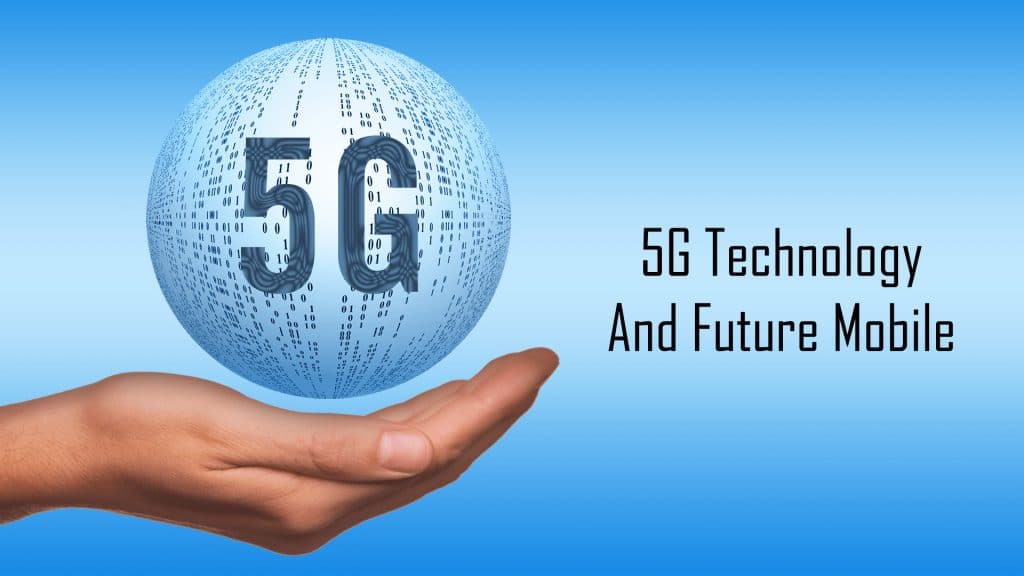The world is in a race to develop the next generation of new wireless technology, which is known as “Fifth Generation” or “5G”, which enhance ultra-high mobile internet speeds and greater capacity. Wanna know much about this trend? Let’s gain a piece of deeper knowledge.
Jump to Section
Network slicing and Quality of Service
Network slicing is mentioned in nearly every industry presentation on 5G, but typically it is vaguely defined. A new question arrived what is network slicing and how can we differentiate from all other Quality of Service (QoS) initiatives that have been around for years.
Network slicing is a specific form of virtualization that allows multiple logical networks to run on top of a shared physical network infrastructure. The major benefit of network slicing is that it provides end-to-end virtual networks not just networking but compute and storage functions too.
The objective is to allow a physical mobile network operator to partition its network resources to allow for very different users, so-called tenants, to multiplex over a single physical infrastructure. The most common example in 5G discussions is the sharing of a physical network to simultaneously run the Internet of Things which is known as (IoT),
Why Can’t QoS and Related Techniques Handle the tasks?
The natural question that often arises during technical discussions about network slicing is why can’t existing internet techniques handle the task?
Let’s take an example, the extensively deployed Quality of Service (QoS) architecture called Differentiated Services (DiffServ) is meant to classify and manage different types of IP traffic (e.g voice, video, text) flowing over a given network. New features obviously have some overlap with the functionality of 5G network slicing.
The 5G New Radio: 3GPP standards Progress
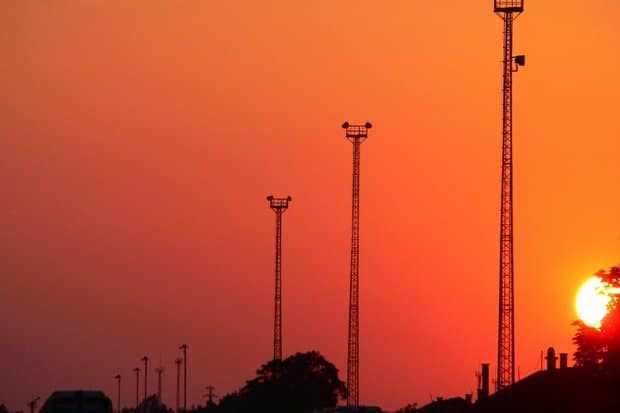
Only a few years ago, our industry was largely skeptical about the value of anything new coming along in a next-generation radio. These doubts have gradually diminished as new approaches and coding schemes have been proven relevant to emerging use cases.
An important milestone was reached back in March when 3GPP published its first study item reports on New Radio (NR). In these reports and the standardization work that has happened since it is becoming clear just what this new radio is going to look like.
However, one question remains, will this new radio really be a true paradigm shift away from 4G or simply more of an overhaul and a refresh for a new generation.
A Brief Reflection on the Anatomy of a 4G Radio
4G or LTE was conceived and designed for the optimal support of the mobile broadband use case, i.e. video support. Radio stack is known for multiple protocol sub-layers like PDCP, RLC, MAC, and PHY. The highest layer of radio stack is PDCP, which is responsible for processing IP packets and provides services like compression, ciphering, and integrity protection.
RLC is another layer in the radio system which handles huge functions, such as segmentation/concatenation and error controls through procedures like Automatic Repeat Request (ARQ). The MAC layer is responsible for scheduling, multiplexing, a Hybrid ARQ process, and all management of transport blocks transferred to and from the PHY layer.
What Is New About the 5G New Radio?
The first and big difference in 5G Radio is that there is a distinct frequency band ranging from sub 6GHz all the way up to the much higher millimeter-wave (mmW) bands. The difference is the multiple access and modulation like 4G, OFDMA has been selected that may be applied this time on both uplink and downlink. The option for the UE to still transmit on the uplink using a more efficient single carrier method (DFT-S-OFDM) is preserved.
The key new element here is that flexible numerology has been introduced into the design. The 5G NR still getting support a basic subcarrier spacing of 15KHz but will now allow this to be expanded in multiples of 2.
The main motivation for this is latency reduction. Increasing subcarrier OFDM symbol duration, which in turn enables lower latency communication. Transmission with different numerology can be multiplexed in both TDM and FDM modes enabling highly flexible resource sharing arrangements across different traffic cases.
HTTP and DNS in a 5G World
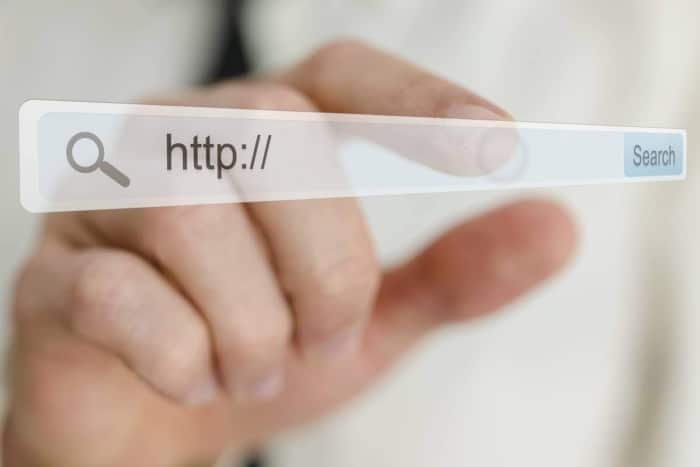
HyperText Transfer Protocol (HTTP) and Domain Name Server (DNS) – these entities were developed as household naming protocols. They are around since the early days of the World Wide Web. But, like everything else in 5G, some changes have come across.
The internet has of course been wildly successful over the last thirty years as more and more functionality has moved online. A large part of this success has been due to two key protocols that have allowed the internet to scale relatively gracefully: HTTP which stands for Hypertext Transmission Protocol, and DNS which stands for Domain Name System.
HTTP is the protocol usually used for sending data between a web browser running on a laptop or mobile phone and the web page or application that it is communicating with, which is running on a server in the network. No matter where the web page is located or who develops the web browser, it is guaranteed that they will be able to inter-operate because they all use the standardized HTTP protocol to communicate.
DNS is equally allowed to its end-user devices to translate a given human-readable URL such as “www.google.com” to a machine-usable IP address that the network can make sense of.
Reshaping to Support the 5G Vision
So many technical reasons are comprising the changes in HTTP protocol and DNS. However, at the highest level, the main driver is certainly the rapid evolution of the internet architecture to the virtualized model. Since a few years ago, we are watching the migration of many of the internet’s applications from standalone physical web servers to virtualized platforms located in huge, centralized data centers.
In advance communication of 5G networks, which are further expected to be developed in the 2020 modern timeframe, will take this to the next level creating new requirements for the evolution of HTTP and DNS.
Future is Not the Cloud or the Fog: It Is Actually the SEA!

Device virtualization may be one of the last frontiers of a trend line that has been running for over thirty years. 5G is what will probably make it possible.
A casual reflection on the last few years in the evolution of the wireless network provides us all the insights necessary to reason that there is at least one final frontier coming down the road. In the last few years, it has been owned by the cloud, virtualization, and Edge Computing panel, which is really nothing but more than the pushing of all of these concepts deep into places in the network where they have never been before.
I believe the next big step in the future will be for this trend to consume our end-user devices. Moreover, when a technique of new technology support catches up to this vision, there will be a profound reshaping of what we all call devices. This vision is not as far-fetched as it seems.
This area of technology research has a name, device virtualization and some are referring to the new devices of this new technology area as Service Endpoint Agents, or SEA, devices.
What Is a Service Endpoint Agent (SEA)?
A service endpoint agent is a technical device that completely rethinks how your smartphone works. The phone in your pocket today is basically a fully integrated device consisting of many blocks of hardware and software – all dedicated to you and your own purposes alone.
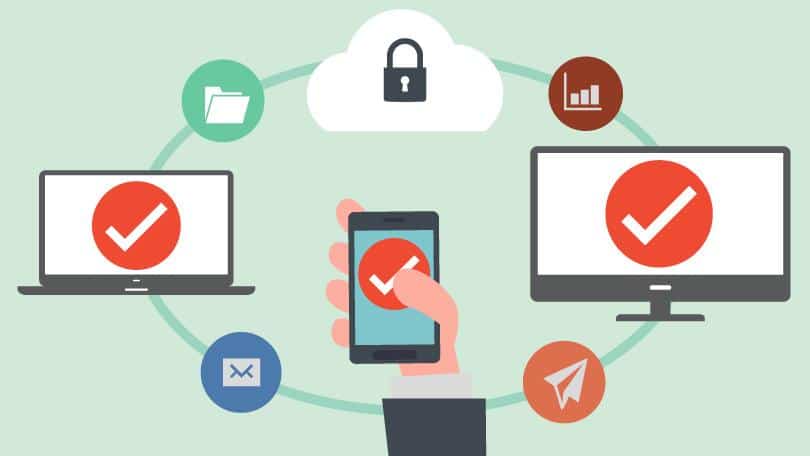
With the exception of application software in terms of music, gaming, and personal assistants that run in some part in the cloud, most of the things you do on your smartphone device generally rely on a local execution.
Big Data Will Create Better Network and Application Intelligence in 5G

5G creates a major pipeline for Big Data, if we do it in the right format, then Big Data will be making the 5G network in a different level of smart and fast technology.
We are living in an exciting time and world, where multiple technological leaps are occurring. The cross-industry of IT paradigm shift to the Big Data approach, 5G standards community is already planning to support the collection and transmission of massive amounts of data. It requires only one key pillar in the area of supporting the (IoT).
What is left, however, is for the 5G community to ensure that the other component of Big Data, namely support for network and application intelligence, is also baked into the 5G architecture. Although, 5G technology may become simply a big pipeline for Big data passing between devices and the cloud infrastructure.
What Is Big Data?
Big Data defines data sets, that are so big and complex that solve big data in traditional database systems. It resolves the query set in a moment. It handles heavy data on a regular basis of work requirements.
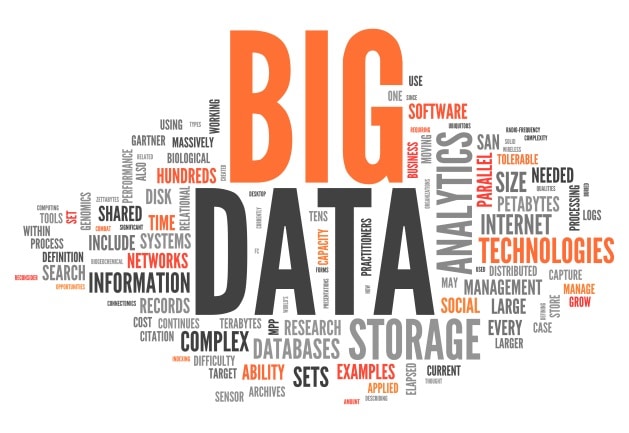
Big Data also enhance the techniques for data acquisition, data storage, data processing, data analysis, data querying, and data visualization.
Generally, it has the ability to digest vast amounts of unstructured data in an automated format to derive useful insights and to drive automated feedback actions.
How to Improve Big Data Network and Application Intelligence?
As discussed, (IoT) will be a key part of 5G, and how this unstructured data is used will be an important part of that story. Think for a moment, Millions of sensors are sending back all types of data (including video) to the network. The opportunity here is to use this data to improve the operation of the network itself, or to help the key new applications that will emerge in 5G to work better.
We are living in a technological world of useful machine Artificial Intelligence and completely self-improving systems. Still, we need to move quickly to get that these ideas are incorporated into the 5G architecture as much as they should be.
An Inbound Interface Might Be the Key
An inbound interface is being considered for this purpose. It is supposed to allow the 5G radio and its core networks to stream data indicators into the 5G control plane that contains a CAE that can make better connectivity and flow management decisions for an individual subscriber or for the entire network.
On another front, the IETF standards organization is beginning to examine applying machine learning techniques to the Internet. For example, analyzing network traffic to identify security threats, such as Denial of Service (DoS) attacks, and then triggering real-time corrective actions such as updating the routing protocols to dynamically and temporarily re-route traffic away from at risk parts of the network.
5G Is Coming and It Is the Future!
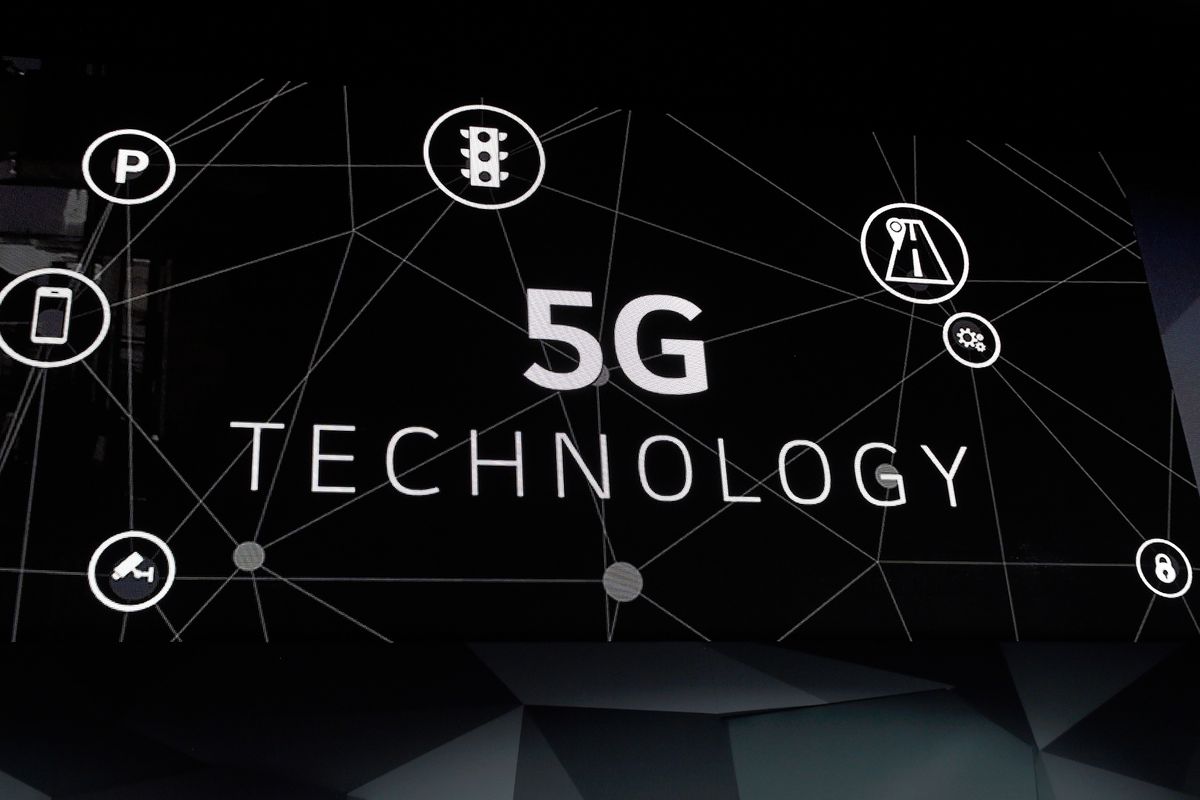
In the coming environment of 5G wireless, communication will grow up in a true virtual industry that provides a complete support system for literally everything.
Mobile World Congress (MWC), our industry’s flagship event, kicks off in a little over three weeks, and the scramble to get new products, demos, and presentations ready and sparkling is now entering the final stretch. In the meantime, the present and future of mobile will be on display at MWC. Needless to say, this future is very bright, judging from the guarded whispers of 5G last year.
It is fair enough to inform you that it is still the early days of 5G. But, more research efforts have been rolling for some time, and standardization is expected to start in the next few months. There are two very convincing requirements in 5G wireless communications, which are the 1000x improvement area in peak data rates ratio (on LTE 2010) and a big effect of reduction in end-to-end latency. 5G will certainly be about more of this. However, the true 5G vision is a lot more interesting.
Summing Things Up
With a 5G wireless communication system, the wireless device will grow up into a true horizontal industry that provides a big support system for everything in upcoming technology.
5G is the newly coming fifth generation to target supporting the full of vertical international markets (e.g. Automobile, Transport, and Health) that, in themselves, will define the so-called Internet of Things (IoT). This is the actual challenge for future mobile communication, and in this respect, 5G communication and the IoT are simply two sides of the same thing.
Just think about this big challenge: what do a car and a thermostat have in common? They are all part of the IoT! So, how will 5G go about tackling this “everything” challenge?
Think flexibility. And Simplification. Think re-imagination. 5G wireless communication will permeate all aspects of the 5G communication ratio from the services supported, how the network is designed, and all way down to the coming waveforms that will surely provide us with some new labels for this fifth generation.
- Business Intelligence Vs Data Analytics: What’s the Difference? - December 10, 2020
- Effective Ways Data Analytics Helps Improve Business Growth - July 28, 2020
- How the Automotive Industry is Benefitting From Web Scraping - July 23, 2020

